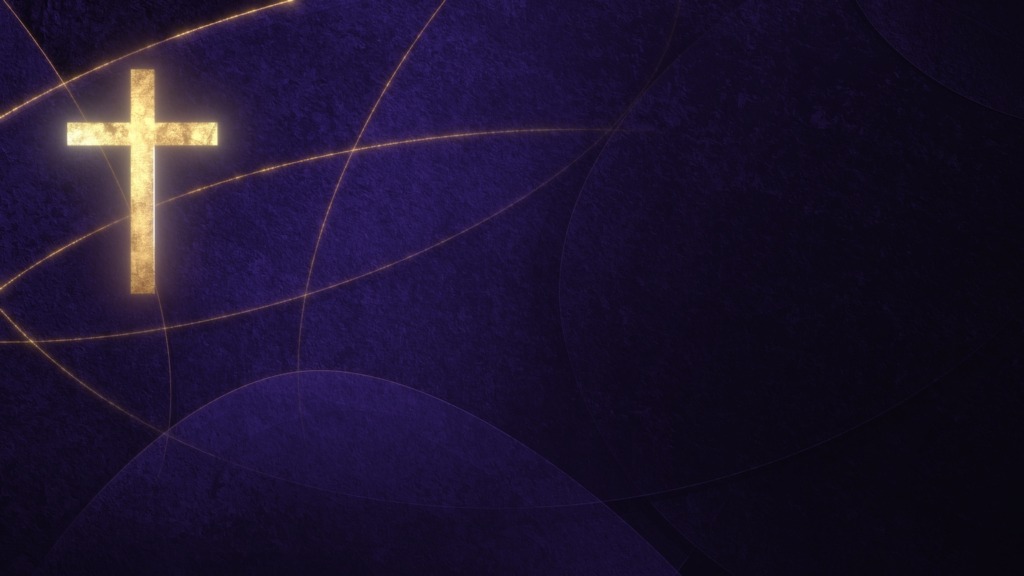One of the things I noticed this year is that people seemed to start preparing for and holding on to Halloween longer than usual. Some of the yards were decorated with skeletons, imitation tombstones and orange and black lights from the beginning of October and remained that way well into November.
Those displays overlapped with the ads for Christmas shopping already airing on TV and radio. It was as though some people wanted to hold on to the frightening aspects of Halloween while others wanted to focus early on Christmas in order to experience the joyfulness of it for as long as possible.
But let’s not forget Advent. The Church has a tradition of discouraging Christmas decorations until Christmas itself. With all the pre-Christmas preparations that go into travel, gifts and meals, it is easy to lose sight of Advent — particularly its penitential nature.
We know that Advent is a season of hope, but there is a sorrowful aspect, too. It is our sinfulness that caused us to need and have the Savior. Our penance is a spirit, an attitude that is reflected in how we live. In Advent, we concentrate on the fruit of sacrifice, which is hope and joy.
When we think of penitential seasons, Lent immediately comes to mind. Our Lenten penance is an action — manifested in prayer, fasting and almsgiving. We focus upon the sacrificial and turning toward God. Yet, we need to remember that Lent is also season of hope because of Easter.
In his book “Life of Christ,” Archbishop Fulton J. Sheen provides us with the context for understanding the relationship between Advent and Lent:
“The story of every human life begins with birth and ends with death. In the person of Christ, however, it was his death that was first and his life that was last. Scripture describes him as ‘the Lamb slain as it were, from the beginning of the world’ (Rev 13:8). He was slain in intention by the first sin and rebellion against God. It was not so much that his birth cast a shadow on his life and thus led to his death; it was rather that the Cross was first, and cast its shadow back to his birth. His has been the only life in the world that was ever lived backward…from the reason of his coming manifested by his name ‘Jesus’ or ‘Savior’ to the fulfillment of his coming, namely, his death on the Cross.”
The liturgical color for Advent and Lent is violet, which reflects the connection between the seasons. However, many parishes note the uniqueness of each by using blue-violet vestments, which indicate the dawning of a new day, as appropriate for Advent, and violet, representative of Christ, bruised and bloodied in his passion, for Lent.
As we renew our preparation for celebrating the birth of Christ and welcoming him into our daily lives, remember that Advent, like Lent, is a season of purification, of cleansing our hearts, minds and souls, of detaching from those things and behaviors that hinder us from deepening our faith and growing closer to God, enabling us to live in joy and hope.
In order to do that, let our focus during this season be on Emmanuel — God is with us!

